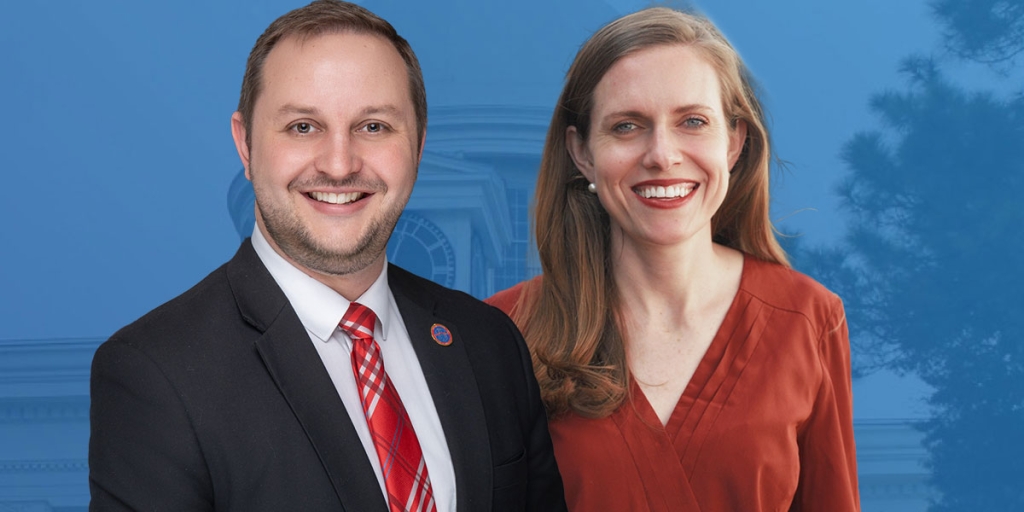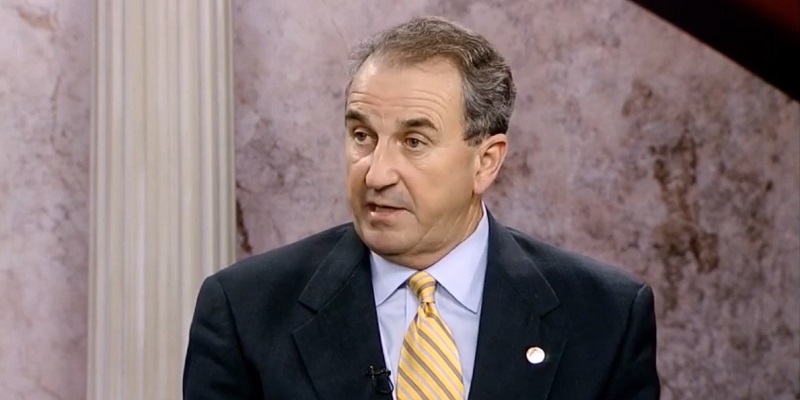
Many taxpayers are familiar with the federal budgeting system, thanks to incessant coverage of budget standoffs, government shutdowns, and increasing national debt. Yet many Alabamians remain completely unfamiliar with Alabama’s budget and the budgeting process. When the Legislature convenes in March, leadership will face the daunting task of balancing the FY2016 budget at a time when the long-term budget outlook is bleak.
It’s imperative that Alabama taxpayers understand how the process works, where the money goes, and what challenges the State is facing. The general public, particularly those in the private sector, commonly feel disconnected with or ambivalent toward budget debates at the state or federal level. Recent talk of tax increases will likely stir interest in this complex topic, so let’s start with the basics.
The most unique thing about Alabama’s budget is that it was split into the General Fund (GF) and the Education Trust Fund (ETF) when public education began in 1927. Currently, only three states maintain two separate budgets.
The ETF primarily funds K-12 education and higher education and includes salaries and benefits for teachers, administrators, and support staff. The ETF receives 52% of the State’s overall appropriations and is predominantly funded by revenues from state income and sales taxes.
The GF covers nearly everything else, such as the operation of the executive, legislative, and judicial branches of state government, public safety, and Medicaid. The GF is financed by tax revenue such as the ad valorem and insurance premium taxes; however, this fund receives only 15.9% of the State’s total appropriations per fiscal year. (Note: The 32% that doesn’t go into either of the two major funds will be discussed in a later installation.) In April 2014, the State enacted a budget for fiscal year 2015 of which $1.8 billion was allocated for the GF and $5.9 billion for the ETF.
Thirty-five percent of GF appropriations are directed to the State’s Medicaid obligations and twenty-two percent is directed to corrections. The proportion of the State budget devoted to these two commitments explains (at least in part) the ongoing attention given to Medicaid expansion and prison reform. According to the Legislative Fiscal Office, funding for Medicaid and corrections has increased from 34% of the GF in 1984 to 57% in 2014. Estimates from The Heritage Foundation show that if Medicaid were expanded in Alabama, it would cost the State between $470 million to $693 million from 2014-2019. Furthermore, according to the Council of State Governments, Alabama would need $840 million just to build enough prison space to account for the current overcrowding.
Taxpayers will need a better understanding of Alabama’s budget and the current fiscal climate in order to actively engage policymakers in upcoming budgeting decisions that will have long-term consequences for the State.
Annually, the Legislature’s “paramount duty” is to approve the State’s budget for the upcoming fiscal year. Alabama’s Constitution requires that the State pass a balanced budget and an amendment adopted in 1933 requires the proration—or across the board cuts–of State funds when revenues received are less than the monies appropriated. This is similar to the 2013 sequestration, or automatic across-the-board spending cuts, at the federal level that captured headlines. The State experienced proration fairly regularly during the last decade, due to steadily increasing expenditures combined with stagnant economic growth. (Editor’s note: the state has not, however, experienced proration since Republicans took the majority in the Legislature in 2010.)
Alabama’s budget is also distinctive because about 88% of Alabama’s tax revenue is earmarked, whereas the average state earmarks about 25%. This means that 88% of revenues collected are already obligated to specific sources by statute or constitutional amendment, not the “bridge to nowhere” or “big dig” type earmarks that you hear about from Washington. This leaves roughly 12% of total state funds to be allocated for current needs. The Governor and some legislative leaders have recently expressed openness to removing some earmarks to provide greater flexibility and discretion in appropriating funds.
Taxpayers will need a better understanding of Alabama’s budget and the current fiscal climate in order to actively engage policymakers in upcoming budgeting decisions that will have long-term consequences for the State. Parts 2 & 3 of our Budget Basics series will explore in more detail the heaviest obligations of our state budget, what challenges the Legislature will face next session, and which options for reform are on the table.
Katherine Green Robertson is senior policy counsel for the Alabama Policy Institute (API), an independent non-partisan, non-profit research and education organization dedicated to the preservation of free markets, limited government and strong families. If you would like to speak with the author, please call (205) 870-9900 or email her at katheriner(at)alabamapolicy.org.












